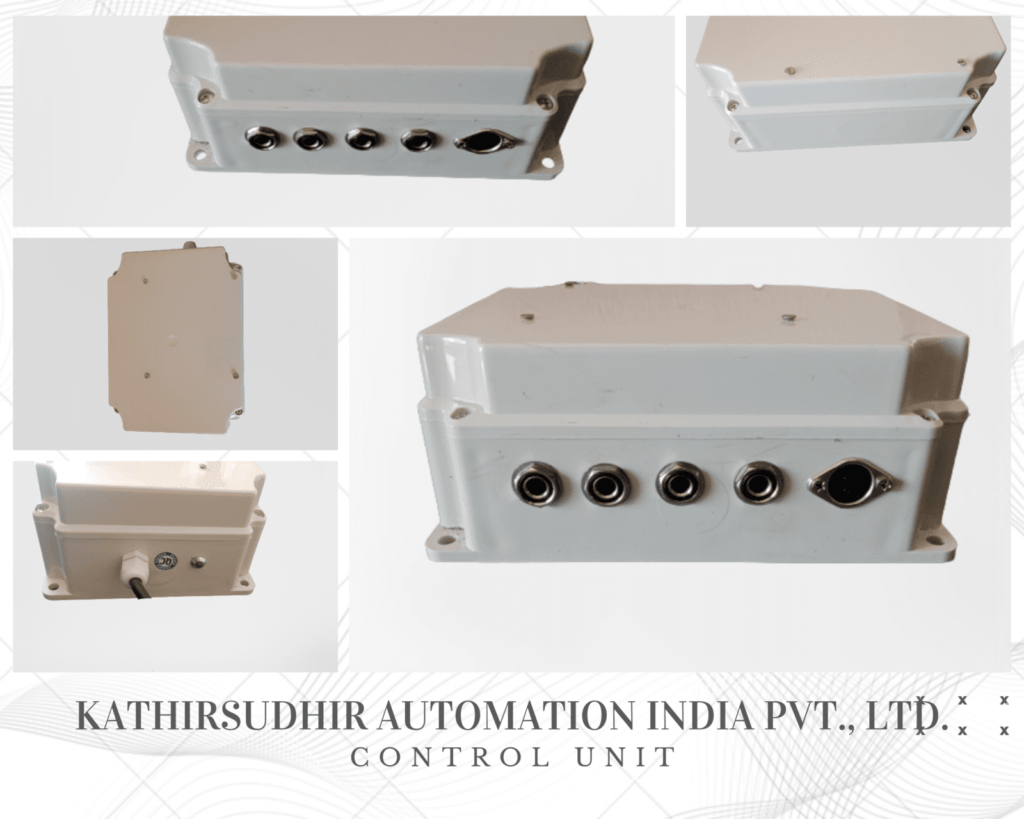Introduction: The world of healthcare is constantly evolving, and with it, the technologies used to provide the best care possible. Electrical cots have become an indispensable part of hospitals, clinics, and nursing homes, offering both comfort and convenience for patients and healthcare providers. These cots are equipped with advanced control systems that allow for precise adjustment of bed positions, enhancing patient comfort and care. In this blog, we will delve into the different types of electrical cot control systems available in the market and explore the essential aspects of their sales and service.

- Basic Electrical Cot Control Systems
Basic electrical cot control systems are the foundation of modern hospital cots. They offer essential features such as height adjustment, backrest inclination, and knee elevation. These systems are user-friendly and intuitive, making them ideal for hospitals and clinics looking for cost-effective solutions. The sales and service of basic control systems are widespread, ensuring easy accessibility and maintenance.
- Advanced Multi-Function Control Systems
For healthcare facilities that require more advanced features, multi-function control systems are the way to go. These systems offer a wide range of adjustments, including Trendelenburg and reverse Trendelenburg positions, chair positioning, and patient profiling. Moreover, they often come with memory functions to store preferred settings, enhancing patient comfort and healthcare provider efficiency. Sales and service for these systems may require specialized technicians due to their complexity.
- Remote Control Systems
In an age of digital transformation, remote control systems have made their way into healthcare facilities. These systems allow healthcare providers to adjust cot positions remotely, reducing the need for physical contact with patients. They are particularly beneficial in infection control scenarios. Sales and service for remote control systems often involve software updates and regular maintenance to ensure seamless operation.
- Bariatric Cot Control Systems
Bariatric patients require specialized care and support, and bariatric cot control systems are designed to meet their unique needs. These systems offer robust construction, high weight capacity, and precise adjustments to ensure the comfort and safety of larger patients. Sales and service for bariatric cot control systems may require specialized training due to their unique requirements.
- Pediatric Cot Control Systems
Pediatric patients have distinct needs, and pediatric cot control systems cater to them specifically. These systems come with child-friendly designs, lower height adjustments, and safety features to protect young patients. Sales and service for pediatric cot control systems often involve regular safety checks to ensure the well-being of the little ones.
- Long-Term Care Cot Control Systems
For nursing homes and long-term care facilities, cot control systems that focus on patient comfort over extended periods are crucial. These systems prioritize pressure redistribution, minimize shear and friction, and provide various positioning options to prevent bedsores. Sales and service for long-term care cot control systems may include regular inspections to ensure patient comfort and safety.
Conclusion
Electrical cot control systems have revolutionized patient care in healthcare facilities. Understanding the different types of control systems available and their unique features is essential for making informed purchasing decisions. Additionally, investing in regular maintenance and service is crucial to ensure the longevity and efficiency of these systems, ultimately contributing to better patient care and overall healthcare facility operations. Whether you opt for basic, advanced, remote, bariatric, pediatric, or long-term care cot control systems, prioritizing quality and reliability is key to delivering the best care possible to your patients.
